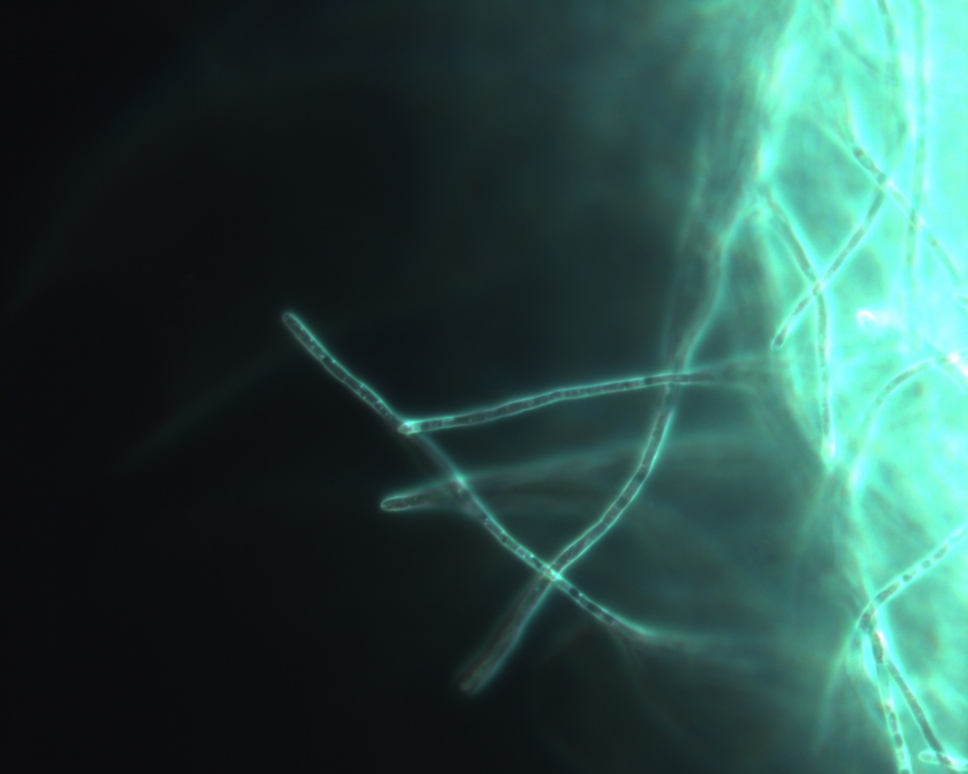
@spaetz They are very, very cool and work surprisingly well. I give it a good wind when I start shaving and then just wind it up a bit each time I rinse the blade.
You can find vintage advertisements which show the clockwork mechanism. I have one framed by my sink: https://social.librem.one/@kyle/108064701145880186
I rotate through my set of favorite razors whenever it's time to change the blade. The Gilette Fat Boy and Slim (far left in picture) are great razors, as is the red tip (3rd from left). Yet each time I rotate to the Stahly Live Blade (center of picture) I'm surprised and impressed again at how well it shaves.
I don't know if it's the fact that it vibrates, or the design of the head, but with a new sharp blade it beats everything else in my collection. Underrated razor.
As a #cyclist, I deal with some #geography. #Geospatial information for everyday means #maps.
Here's a tutorial for making a map style for YOUR specific needs, with minimal amount of hassle.
https://dcz_self.gitlab.io/posts/quick_maps/
I use #openstreetmap as the source of data, #postgis for the strage, and #TileMill for rendering.
Sadly, I called off the #cycling trip for which I made my style :(
My Purism GPG key expired today so I updated the expiry and published the key to keys.openpgp.org (the link is in my profile).
In my case I normally use subkeys stored on smart cards, and keep my private keys offline and stored in a safe place on a pair of thumb drives for redundancy, so updating the expiry is a bit more involved than it might be for most people.
The best way to get over the fear of messing up something you have handwoven is to put it to use right away!
@Triffen Thank you for these updates!
I finished weaving my pair of doubleweave overshot hand towels! I'm really happy with how these turned out.
In these pictures you can see how the colors invert on the opposite side of the towel. On one towel I experimented with inverting the colors for the stripe and I think it does add an extra dimension and visual interest to it, but I'm also curious which of the two you prefer. I also subtly modified the pattern on that one so the pattern around the stripe was symmetrical.
@betsywaliszewski If you mean Linux Fest NorthWest, in the past it was James Mason.
@Viss @hacks4pancakes I also got into 3D printing during that era and I can say a lot has changed since then. In particular these days you can get a surprisingly high quality printer for $200-300. The Ender 3 and Ender 5 product line in particular seems to have a big community behind it. I personally have an Ender 5 Pro and have been pleased with the prints I get from it.
Another batch of vintage Knitking magazines arrived! This is an even larger batch than the last one from the late 80s and early 90s, and spans the years 1972 through 1978. I have the full year's worth of issues in some cases in this batch.
My wife reviewed the last batch and while she found many of the pictures amusing, she didn't want me to try to make any of them. We'll see whether this batch from the `70s does any better!
@yaelwrites I'd love to see a round-up of links to your favorites at the end!
@shawnp0wers DNS.
After seeing this @hackaday post about a knitting clock, I've decided to try to make one of my own. It will be my first electronics project with stepper motors so I imagine there will be quite a bit to learn.
https://hackaday.com/2023/01/23/knitting-clock-makes-you-a-scarf-for-next-year/
@RL_Dane Thank you! Persian carpets are a whole different level! I have a new appreciation for what goes into carpet making ever since I started weaving.
@rowenamonde Thank you!
For the second fancy hand towel, I'm experimenting with inverting the colors for the stripe section. I like the effect but now I'm wondering whether it would be even better to invert the colors for the borders around the stripe as well. The problem is, now that I've committed to this, I can't really try that idea out on the other half of this towel without making it asymmetrical.
@neilbearse Thank you!
@Romibel2 Thank you, this is from page 124 of Handweaver's Pattern Directory, but adapted for doubleweave per the Weaver's Studio Doubleweave book. Both warp and weft are the same white and tan 5/2 mercerized cotton from Silk City, and this pattern ends up being 32epi/32ppi with the white picks following the tan tromp as writ, with a special treadling for the white picks.
I finished weaving the first in a pair of fancy hand towels. From this angle you can see how the doubleweave overshot technique makes the pattern reversible--the opposite side of the fabric has the same pattern but the colors are inverted. I also somehow leveled up on my selvedges partway through this towel.
These are for us to use and don't have to be a matching pair, so I'm going to experiment with a different stripe pattern for the second one.
I finally started weaving the next in my series of fancy-so-you-feel-guilty-using-them household items: fancy cotton hand towels!
This project is an excuse to try doubleweave for the first time. In this case I'm doing a doubleweave overshot technique which results in a dense, thick fabric without the long floats overshot usually has.
- Personal Site
- https://kylerank.in
- Personal Bibliography
- https://kylerank.in/writing.html
Technical author, FOSS advocate, public speaker, Linux security & infrastructure geek, author of The Best of Hack and /: Linux Admin Crash Course, Linux Hardening in Hostile Networks and many other books, ex-Linux Journal columnist.
